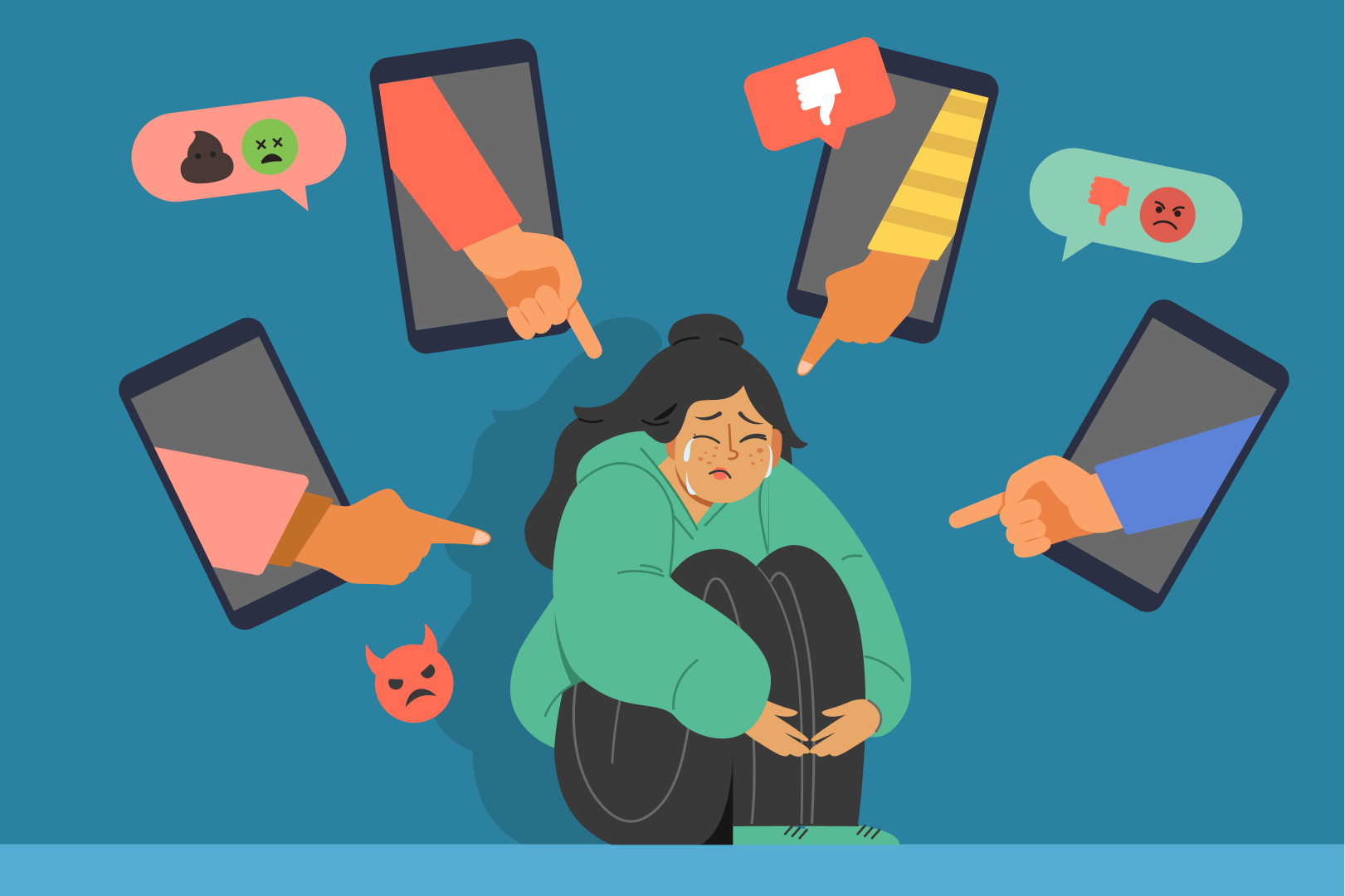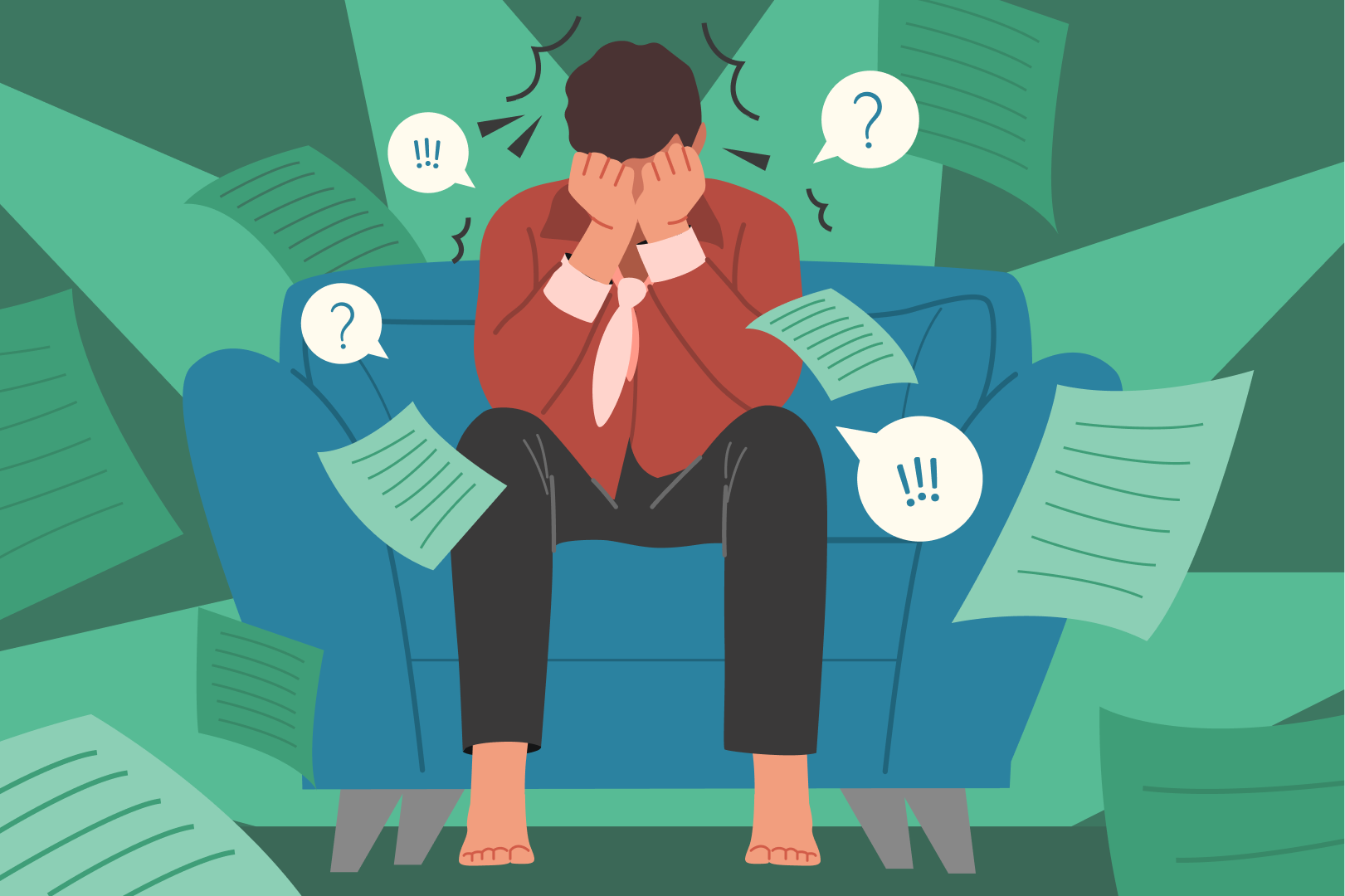Stigma forms an invisible but significant barrier in the treatment of mental illness seeking process and in the recovery and reintegration efforts for people suffering from mental and behavioral disorders.
Stigma is associated with a lack of knowledge about the mental illness, a need to blame someone, fears about disease and death, and gossip that spreads rumors and myths, so we see that the three closely related constituent elements of
Stigma comprises of problems of knowledge (ignorance), problems of negative attitudes (prejudice) and problems of behavior (discrimination). Widespread stigma in the community adds to the disability of the person with mental illness and affects the family members.
Stigma is when someone views you in a negative way because you have a distinguishing characteristic or personal trait that’s thought to be, or actually is, a disadvantage (a negative stereotype). Unfortunately, negative attitudes and beliefs toward people who have a mental health condition are common.
Stigma can lead to discrimination. Discrimination may be obvious and direct, such as someone making a negative remark about your mental illness or your treatment. Or it may be unintentional or subtle, such as someone avoiding you because the person assumes you could be unstable, violent or dangerous due to your mental illness. You may even judge yourself.
Some of the harmful effects of stigma can include:
- Reluctance to seek help or treatment
- Lack of understanding by family, friends, co-workers or others
- Fewer opportunities for work, school or social activities or trouble finding housing
- Bullying, physical violence or harassment
- Health insurance that doesn’t adequately cover your mental illness treatment
- The belief that you’ll never succeed at certain challenges or that you can’t improve your situation
Steps to cope with stigma
Here are some ways you can deal with stigma:
- Get treatment. You may be reluctant to admit you need treatment. Don’t let the fear of being labeled with a mental illness prevent you from seeking help. Treatment can provide relief by identifying what’s wrong and reducing symptoms that interfere with your work and personal life.
- Don’t let stigma create self-doubt and shame. Stigma doesn’t just come from others. You may mistakenly believe that your condition is a sign of personal weakness or that you should be able to control it without help. Seeking counseling, educating yourself about your condition and connecting with others who have mental illness can help you gain self-esteem and overcome destructive self-judgment.
- Don’t isolate yourself. If you have a mental illness, you may be reluctant to tell anyone about it. Your family, friends, clergy or members of your community can offer you support if they know about your mental illness. Reach out to people you trust for the compassion, support and understanding you need.
- Don’t equate yourself with your illness. You are not an illness. So instead of saying “I’m bipolar,” say “I have bipolar disorder.” Instead of calling yourself “a schizophrenic,” say “I have schizophrenia.”
- Join a support group. Some local and national groups, such as the National Alliance on Mental Illness (NAMI), offer local programs and internet resources that help reduce stigma by educating people who have mental illness, their families and the general public. Some state and federal agencies and programs, such as those that focus on vocational rehabilitation and the Department of Veterans Affairs (VA), offer support for people with mental illness.
- Get help at school. If you or your child has a mental illness that affects learning, find out what plans and programs might help. Discrimination against students because of a mental illness is against the law, and educators at primary, secondary and college levels are required to accommodate students as best they can. Talk to teachers, professors or administrators about the best approach and resources. If a teacher doesn’t know about a student’s disability, it can lead to discrimination, barriers to learning and poor grades.
- Speak out against stigma. Consider expressing your opinions at events, in letters to the editor or on the internet. It can help instill courage in others facing similar challenges and educate the public about mental illness.
Others’ judgments almost always stem from a lack of understanding rather than information based on facts. Learning to accept your condition and recognize what you need to do to treat it, seeking support, and helping educate others can make a big difference.
https://www.mayoclinic.org/diseases-conditions/mental-illness/in-depth/mental-health/art-20046477

Families of mentally ill persons also bear the brunt of stigma and discrimination similar to the patients, especially in case of chronic disorders such as schizophrenia. Further, the substance using patients and their caregivers have the highest total stigma of all disorders. These feelings of stigma and discrimination are deeply entrenched in the psyche of the patients and their family members affecting many spheres of their life (marriage, business, education, relationships etc.,) and self-identity. In Asian countries, stigma might be perceived as being more severe, because it is attached to the family as a whole.
Anti-Stigma programs include:
- speaker’s bureaus
- contact-based educational programs,
- protest-based programs,
- mass media campaigns using television or radio and novel applications of drama and the arts
Examples of Simple Initiatives to increase awareness include:
- printing messages on milk packets,
- distribution of pamphlets at hospitals and shopping malls,
- newspaper coverage etc., were employed to create awareness.
- School based educational initiatives to facilitate the spread of information to a larger geographical area, and at an early age.
- Collaborations with social groups to develop specific programmes for law enforcement personnel, general practitioners and medical students, all of which will assist in reducing stigma.
There is no simple solution or cure to remove the stigma of mental illness. The roots of stigmatization, and reasons for its continuation, are quite complex and embedded in the socio-cultural norms of a society. Besides health care professionals, other important channels such as media, healthcare, social services, educational system, law enforcement and legislation have an important role to play in dealing with stigma.
In cases of physical illnesses such as leprosy , availability of effective, curative treatments have been able to cut down the stigma associated with them. Though the availability of treatment for psychiatric disorders has led to many positive effects,especially the de-institutionalization of patients and the move towards community-based care, unlike the treatment for infectious illnesses, the mental health treatments available are geared at control, rather than cure, and even then, an adequate or full control may not be as likely. The medications are likely to continue for a long term and occasionally, the treatment per se is viewed as a source of stigma, rather than being a source of comfort. Most patients hide their daily medication from their friends, relatives or colleagues.
Groups who experience stigma may also experience discrimination. This discrimination can take the form of:
- Other people avoiding or rejecting them;
- Getting denied healthcare, education, housing, or employment;
- Verbal abuse; or
- Physical violence.
Stigma can negatively affect the emotional, mental, and physical health of stigmatized groups and the communities they live in. Stigmatized individuals may experience isolation, depression, anxiety, or public embarrassment. Stopping stigma is important to making all communities and community members safer and healthier.








